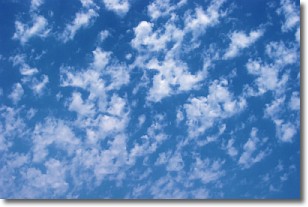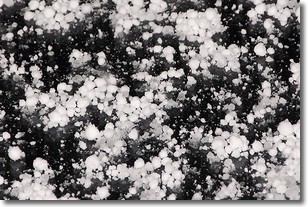Weather Alert in Pennsylvania
Flood Warning issued July 1 at 1:22AM EDT until July 1 at 5:36PM EDT by NWS State College PA
AREAS AFFECTED: Lancaster, PA
DESCRIPTION: ...The National Weather Service in State College PA has issued a Flood Warning for the following rivers in Pennsylvania... Conestoga River at Lancaster affecting Lancaster County. * WHAT...Minor flooding is forecast. * WHERE...Conestoga River at Lancaster. * WHEN...From this morning to late this afternoon. * IMPACTS...At 11.0 feet, Grofftown Road will flood. At 13.0 feet, Several homes are affected by high water. At 14.0 feet, The footbridge near the confluence of Stauffer Run begins to flood. * ADDITIONAL DETAILS... - At 12:15 AM EDT Tuesday the stage was 6.7 feet and rising rapidly. - Forecast...The river will rise above flood stage to around 12 feet this morning. It will then fall below flood stage late this morning to around 10 feet this evening. Additional rainfall is expected later today and this evening. That will push the river back up to around 11 feet just after midnight tonight. It will then fall again on Wednesday and remain below flood stage. - Flood stage is 11.0 feet. - Flood History...No available flood history. - http://www.weather.gov/safety/flood
INSTRUCTION: Turn around, don't drown when encountering flooded roads. Most flood deaths occur in vehicles. Be especially cautious at night when it is harder to recognize the dangers of flooding. Flooding is occurring or is imminent. Most flood related deaths occur in automobiles. Do not attempt to cross water covered bridges, dips, or low water crossings. Never try to cross a flowing stream, even a small one, on foot. To escape rising water find another route over higher ground. Even 6 inches of fast-moving flood water can knock you off your feet and a depth of 2 feet will float your car. Never try to walk, swim, or drive through such swift water. If you come upon flood waters, stop, turn around and go another way. Additional information is available at www.weather.gov. The next statement will be issued later this morning.
Want more detail? Get the Complete 7 Day and Night Detailed Forecast!
Current U.S. National Radar--Current
The Current National Weather Radar is shown below with a UTC Time (subtract 5 hours from UTC to get Eastern Time).

National Weather Forecast--Current
The Current National Weather Forecast and National Weather Map are shown below.

National Weather Forecast for Tomorrow
Tomorrow National Weather Forecast and Tomorrow National Weather Map are show below.

North America Water Vapor (Moisture)
This map shows recent moisture content over North America. Bright and colored areas show high moisture (ie, clouds); brown indicates very little moisture present; black indicates no moisture.

Weather Topic: What are Fractus Clouds?
Home - Education - Cloud Types - Fractus Clouds
 Next Topic: Freezing Rain
Next Topic: Freezing Rain
A fractus cloud (scud) is a fragmented, tattered cloud which has
likely been sheared off of another cloud. They are accessory clouds, meaning they
develop from parent clouds, and are named in a way which describes the original
cloud which contained them.
Fractus clouds which have originated from cumulus clouds are referred to as
cumulus fractus, while fractus clouds which have originated from stratus clouds
are referred to as stratus fractus. Under certain conditions a fractus cloud might
merge with another cloud, or develop into a cumulus cloud, but usually a
fractus cloud seen by itself will dissipate rapidly.
They are often observed on the leading and trailing edges of storm clouds,
and are a display of wind activity.
Next Topic: Freezing Rain
Weather Topic: What is Graupel?
Home - Education - Precipitation - Graupel
 Next Topic: Hail
Next Topic: Hail
Graupel is a form of precipitation that is created by atmospheric conditions
which cause supercooled water droplets to contact snow crystals and freeze to
their surface.
Sometimes known as soft hail or snow pellets, graupel is delicate and easily
destroyed by touch. Whereas hail usually falls during severe weather, graupel
doesn't require such conditions to form, and can form in mild precipitation
similar to situations which produce snowfall.
Next Topic: Hail
Current conditions powered by WeatherAPI.com




